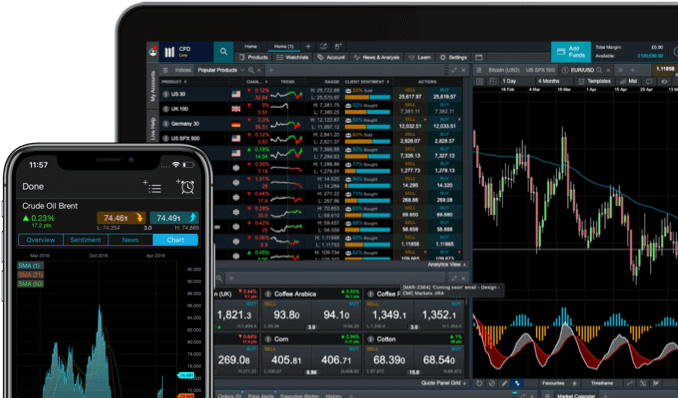In the context of the stock and index markets, beta refers to the behaviour of a security (or a portfolio) in relation to the volatility of its benchmark index, or reference index, meaning the change in the share compared to the change in the market.
It should be noted that the market has a Beta value of 1.00 as a base. A Beta value of 1 indicates that the security or portfolio is moving hand in hand with the market. If the value changes, on the other hand, it means that the security is deviating from the market trend. This is why when the Beta value exceeds 1, it means that the security is going in the same direction as the market but with higher degree of variation (essentially, it is moving faster than the market).
It is essential to know that the Beta value can also be negative. In this case, it means that the security or portfolio is moving in the opposite direction as the market. In other words, if the market is overall going up, the security in question is going down.
In regard to portfolio diversification, the Beta value is very important because it helps to understand how much a security is really exposed to the so-called systemic risk. A high beta value implies that the security is greatly influenced by markets trends, whereas a low beta value indicates that it is moving with a certain degree of “independence” from the market and therefore has lower volatility.
When the beta value on average approaches 1, it means that the security is following the direction of the index very closely, and this is how ETFs are studied. Learn more about calculating stock beta.

















